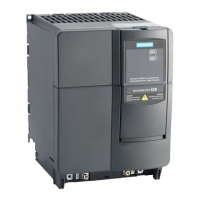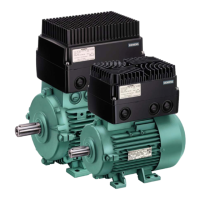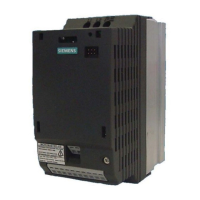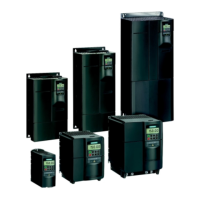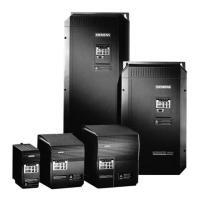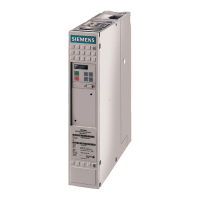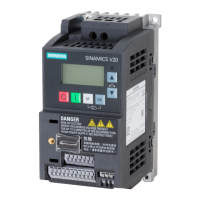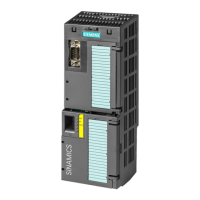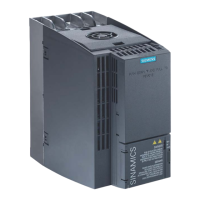Issue 01/05 General CANopen definitions
CANopen Option Module Operating Instructions
6SE6400-5BC00-0BP0
13
2.2 CANopen
CANopen is a standardized application for distributed industrial automation
systems based on CAN as well as the CAL communication Standards. CANopen is
a CAN Standard in automation (CiA), and just shortly after it became available,
enjoyed widespread use.
In Europe, CANopen can be considered as one of the essential Standards to
implement industrial CAN-based system solutions.
CANopen is based on a so-called "communications profile", which specifies the
communication mechanisms, used as basis, and their description [CiA DS 301].
The most important device types, used in industrial automation technology, include
for example
• Digital and analog I/O modules [CiA DS 401]
• Drive and MotionControl [CiA DSP 402]
• Operator control devices [CiA DSP 403]
• Controllers [CiA DSP 404]
• Programmable control systems [CiA DSP 405]
• Encoders [CiA DSP 406]
are described in so-called "Device profiles".
The functionality of standard devices of the particular type are defined in the device
profiles.
The central element of the CANopen Standard is the description of the device
functionality using an "Object directory" (OD).
The object directory is sub-divided into an area which contains general data about
the device – such as device identification, manufacturer's name and
communication partners – and also defines part of the device functionality.
A 16-bit index and an 8-bit subindex are used to identify an entry ("Object") of the
object directory.
Using the entries in this object directory, the "Application objects“ of a device, e.g.
input and output signals, device parameters, device functions or network variables
are made accessible, in a standardized form via the network.
Just the same as other fieldbus systems, CANopen differentiates between two
basic data transfer mechanisms: The fast data transfer of short process data via
so-called "Process data objects" (PDOs, Process Data Objects) as well as access
to entries of the object directory via so-called "Service data objects" (SDOs,
Service Data Objects). The latter are predominantly used to transfer parameters
while configuring the device as well as generally transferring longer data areas.
Generally, process data objects are event-orientated, cyclic or are transferred
when requested as broadcast object without any additional protocol overhead.
